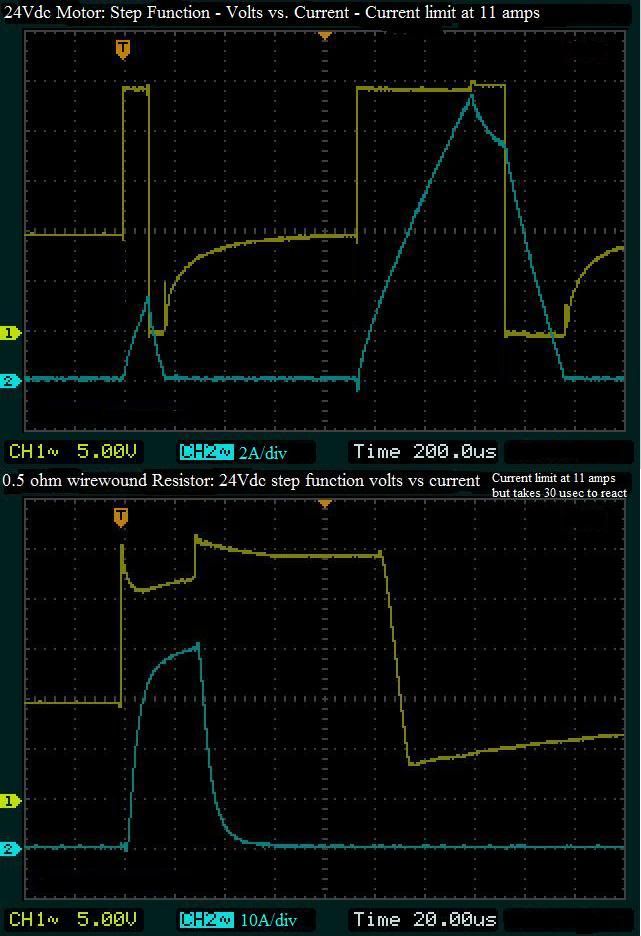I wish we had more time to edit our recent posts...
Ok, I went and did some tests with my Agilent (U1211A). It turns out the instructions have some errors in them, namely, the peak function does capture inrush and not voltage only, which I'll notify them about. I used all the different methods of capture (peak, recording min/max/avg and the regular reading you get in A mode.
Here's what I did: I took a 1500W Pelonis Disc heater then an old motor that's laying around and I set the clamp on the hot wire. I got the regular reading with heater or motor running, then the peak reading while plugging them in, then max/min/avg for each by allowing the meter to settle to close to zero A then plugging in the load and letting it run.
Heater:
Running load in regular A mode = 12.49A
Peak function (Inrush) = 45.60A
Min/Max/AVG = 0.06A/32.45A/ N/A (updates the longer the unit is running)
Motor:
Running load in regular A mode = 3.83A
Peak function (Inrush) = 16.75A (also as high as 24.55A, possibly depends on where the sine wave is at startup?)
Min/Max/AVG = 0.06A/4.33A/ N/A (same as above)
From these results I'd say my clamp has a min/max/avg sample rate that's much lower than what it uses during the peak measurements since the max readings are never nearly as high as the peak readings. I wouldn't assume that other meters will do the same with similarly named modes. I am going to contact Agilent and ask what exactly it's doing in Peak mode.


